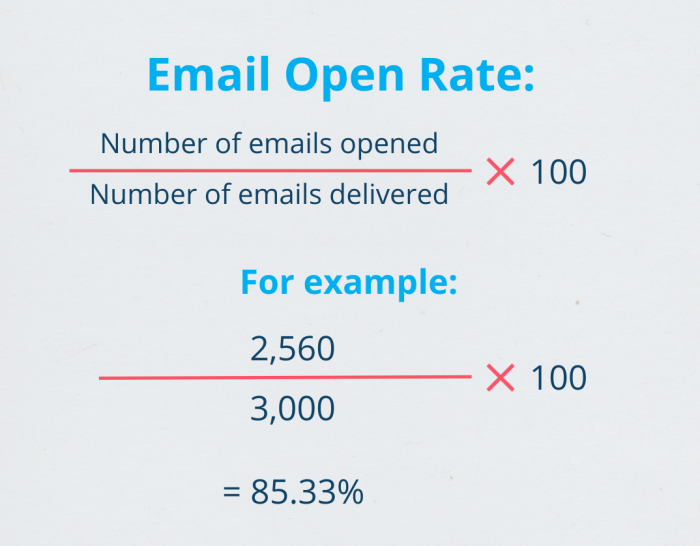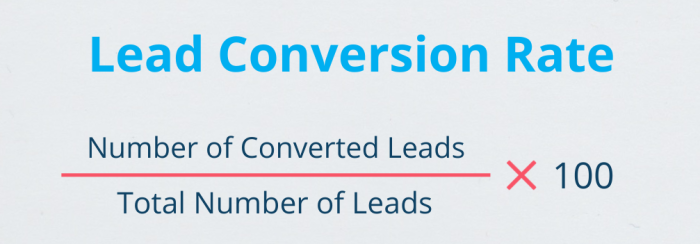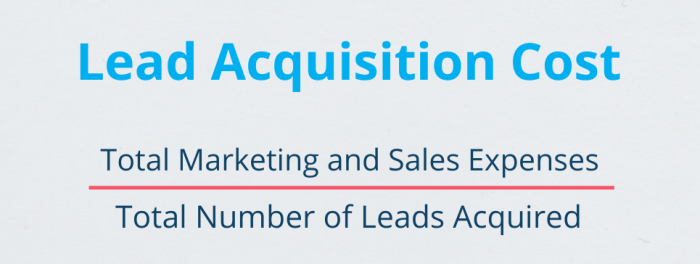Customer Relationship Management is one of the best tools schools have to enhance communication and engagement with students, parents, alumni, and staff. When used correctly, an education CRM system can help schools build and maintain positive relationships with prospects, streamline processes, nurture leads, and make data-driven decisions that can lead to institutional success.
If you began working with a CRM system recently, chances are that you are wondering, “What are the key metrics to track for CRM?” Depending on your goals, you can focus on key metrics like contacts created, website visits, email open rates, lead conversion rate, and lead acquisition cost to assess their CRM performance. Understanding these metrics and how your school is performing can help you set realistic goals and address potential gaps. Continue reading to learn more about these and other key school CRM metrics.
What Are CRM Metrics?
To understand the key CRM metrics to track, you need to understand what they are precisely, what information they convey, and how they can help your school reach its marketing goals. CRM metrics are specific measurements and key performance indicators used to assess and evaluate the effectiveness of a CRM system in managing and improving interactions with contacts or prospective students. These metrics are essential for schools to track and optimize their relationships, identify areas for improvement, generate insightful reports, and make data-driven decisions to enhance engagement, recruitment, and overall success.
Identifying the relevant metrics for your school will enable you to enhance your recruitment and marketing endeavors while providing current and prospective students with a better student and enrollment experience. So, “What is an example of a CRM metric?” An excellent example of a CRM metric that can be very useful for schools is lead acquisition cost, which quantifies the cost associated with acquiring a new lead. CRM software like Mautic by HEM will allow your school to select and track the metrics and type of data you want to track.

Mautic by HEM acts as a central hub where you can manage all of your leads, applicants, agents, and parent contacts. Get in touch with us to learn more about education CRM software!
Five Important CRM Metrics to Track
1. Contacts Created
Contacts created are among the most common CRM metrics for schools. CRM systems like Mautic allow schools to track how many new contacts were made over a specific period and where they are located. This metric gives you an insight into your CRM system’s ability to generate leads and expand your customer base. Thus, more contacts created suggest that your marketing efforts attract prospective students.


Source: Mautic
Tracking contacts created helps monitor your contact database’s growth, which can be essential for expanding your reach and nurturing your leads–or helping them go down the enrollment funnel. Additionally, knowing where your contacts are located allows you to tailor your marketing efforts based on regional preferences, cultural nuances, and local trends, which can result in more effective and personalized campaigns. Over time, you can use this metric as a benchmark to assess the effectiveness of your lead generation activities.
2. Website Visits and Dwell Time
Another important CRM metric is website visits. This metric measures the number of times visitors access and interact with your school’s website within a specific time frame. Monitoring your school’s website traffic is essential as it enables you to evaluate the effectiveness of your search engine optimization (SEO) endeavors.
Traffic sources, such as organic search, social media, referrals, and direct traffic, can break down website visit metrics. Understanding which of these sources generates the most traffic helps you assess the effectiveness of your marketing channels and allocate resources effectively.
Another metric that is related to website visits that your school is worth tracking is dwell time. This metric helps you compare and analyze visitors’ average duration on your website, offering valuable insights into user engagement and content effectiveness. By understanding the pages your prospects visit, the time they invest in exploring your site, and the paths they take within the website, you can pinpoint areas of interest, identify potential bottlenecks, and fine-tune your content strategy to enhance user experience and achieve your online objectives.
In addition to generating reports, integrating your website with an education CRM will allow your school to increase efficiency, improve communication with prospective students, and optimize your website for student recruitment.
3. Email Open Rate and Email List Growth Rate
As its name indicates, the email open rate metric measures the percentage of recipients who open and view an email sent to them. As one of the most popular CRM success metrics, the email open rate is calculated by dividing the number of emails opened by the total number of emails delivered and multiplying by 100. Here’s the formula:

By tracking open rates, you can measure the effectiveness of your email strategy and understand if your subject lines and content are resonating with your contacts. If open rates are low, it may indicate that your subject lines need improvement, so you might want to try email marketing A/B testing.
Email list growth rate is another metric that allows you to estimate how stable or unstable your email list is. Email growth rate serves as an indicator of the effectiveness of your email marketing and lead generation strategies. To calculate this rate, you must subtract the number of unsubscribes from the number of new subscribers, divide the result by the total number of email addresses in your list, and multiply the outcome by 100.

4. Speed to Lead
Speed to Lead is a crucial metric that measures the time it takes for a school to respond to a lead or prospect after they have expressed interest in the institution or made an inquiry about a program. This metric is fundamental because it directly impacts the likelihood of successfully converting a lead into a student, as delayed responses can lead to missed opportunities. Checking this metric regularly should be a must for all schools, as understanding your speed-to-lead rate can help you improve your school’s response times.
To calculate Speed to Lead, you typically measure the time elapsed from when a lead expresses interest (e.g., fills out a contact form, makes a phone call, or sends an email) to when the school responds. As a measurement of your team’s efficiency, this CRM metric has a big impact on conversion rates, customer satisfaction, lead nurturing, brand reputation, and customer retention. Using a CRM built for schools can help you improve your response times and better manage your enrollment funnel.
For instance, one of the benefits of using Mautic by HEM is that it helps schools generate a leads-by-channel report, which can then be used to determine where their customer service and retention efforts should go.

5. Lead Conversion Rate and Acquisition Cost
Lead conversion rate and lead acquisition cost are two crucial CRM performance metrics that your school won’t want to miss. These two essential metrics provide critical insights into your school’s lead-generation strategies. Let’s dive deeper into these CRM metrics:
Lead Conversion Rate (LCR) is a key metric used by schools to measure the effectiveness of converting leads or potential students into actual students. This metric quantifies the percentage of leads who take a desired action, such as enrolling in a program, signing up for a newsletter, or requesting more information, among other actions. The formula to calculate Lead Conversion Rate is very simple and easy to remember:

A higher conversion rate indicates that your school’s recruitment and admissions efforts are effective and yielding good results. In addition to being useful for assessing your campaigns’ effectiveness, knowing your lead conversion rate can help you better allocate resources. This metric can be paired with some precious metrics to improve your strategies and focus your attention on channels that yield higher conversion rates.
Lead acquisition cost refers to the expenses associated with acquiring each new lead. Calculating this metric regularly is essential for managing your school’s marketing budget strategically and avoiding overspending. To calculate your lead acquisition cost, you need to sum up all the costs related to lead generation and conversion over a specific period and divide that by the total number of leads acquired during the same period. The formula is:

Calculating your school’s lead acquisition costs allows you to measure the return on investment (ROI) for your marketing efforts and analyze if your school is in a position to expand operations. For instance, if your cost per lead is low and your ROI is positive, you might want to consider investing more in marketing to generate leads and grow your pool of candidates.







